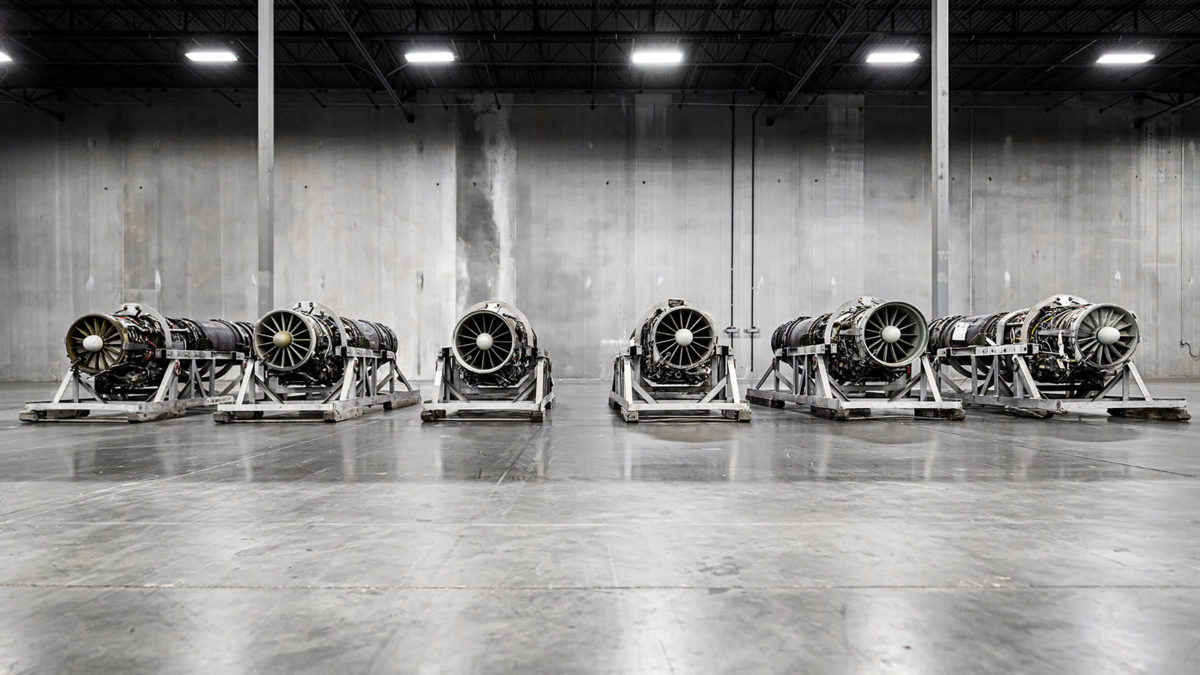Mach 5 air travel? Start your engines
By Cat Hofacker|September 2021
Speed dictates everything about a hypersonic aircraft, from the materials and shape of the plane to the engine designs required to achieve and maintain combustion at five times the speed of sound. Hermeus of Atlanta is also letting that need for speed shape the strategy of its initial flight campaign.
The startup on Aug. 5 announced plans to build and fly in succession three remotely piloted aircraft by the end of 2024, a step toward proving the design for a planned Mach 5 passenger plane that is among the handful of high-speed airliners in development by U.S. companies and, reportedly, China. The test campaign will be partially funded by a $60 million U.S. Air Force contract awarded in July, part of an ongoing assessment of how Hermeus’ design could be modified for purposes including ferrying high-ranking U.S. officials.
Hermeus calls the test aircraft design Quarterhorse, because the short bursts of speed for which the American quarter horse is famous represent the learning Hermeus expects to achieve when each plane flies.
The Quarterhorse design “really serves as a flying demonstration of our engine,” says Skyler Shuford, Hermeus co-founder and chief operating officer. “It’s the smallest vehicle that we can wrap around our engine to prove that the engine works across the full flight range.”
At about 12 meters long, slightly bigger than a Cessna, each single-engine Quarterhorse plane would be smaller than the planned 20-passenger jet. And because the demonstrators don’t require life support systems and other features necessary for piloted aircraft, Hermeus can build the Quarterhorses more quickly and inexpensively.
Hermeus plans to begin flying the first Quarterhorse in late 2022 at a location still to be determined, gradually increasing the aircraft’s speed to Mach 5. Among the major challenges is proving that Hermeus’ turbine-based combined cycle, or TBCC, engine design can maintain combustion at supersonic speeds. TBCC designs pair conventional turbine engines — in this case, Hermeus is using off-the-shelf GE J85s — with ramjet engines, which Hermeus is custom building in house out of a proprietary alloy. Engineers in August began assembling ramjet components at the company’s Atlanta headquarters.
At subsonic speeds, compressor blades in the turbine portion of the engine will compress incoming air for combustion, but once the plane reaches Mach 3, the air will flow too fast for the blades to compress it. So the engine must switch to ramjet mode, in which air entering the inlet is slowed and compressed via shock waves produced by the aircraft’s speed.
Maintaining a steady air stream around Mach 3 has been tricky for previous high-speed aircraft. Former pilots of the U.S. Air Force’s SR-71 Blackbird reconnaissance planes in memoirs have recounted unstarts, or temporary engine stalls, from sudden shock waves produced by increased air pressure inside the inlet.
“It’s one thing to have a bunch of paper designs, but you really have to start building hardware and integrating it and then testing it to really understand what’s happening in these more exotic untested flight regimes,” Shuford says.








